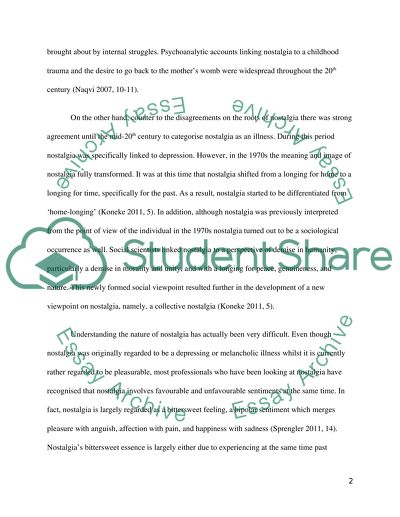Cite this document
(“The Problems with Using Nostalgia to Represent the Past Essay”, n.d.)
The Problems with Using Nostalgia to Represent the Past Essay. Retrieved from https://studentshare.org/visual-arts-film-studies/1399401-what-are-the-potential-problems-with-using
The Problems with Using Nostalgia to Represent the Past Essay. Retrieved from https://studentshare.org/visual-arts-film-studies/1399401-what-are-the-potential-problems-with-using
(The Problems With Using Nostalgia to Represent the Past Essay)
The Problems With Using Nostalgia to Represent the Past Essay. https://studentshare.org/visual-arts-film-studies/1399401-what-are-the-potential-problems-with-using.
The Problems With Using Nostalgia to Represent the Past Essay. https://studentshare.org/visual-arts-film-studies/1399401-what-are-the-potential-problems-with-using.
“The Problems With Using Nostalgia to Represent the Past Essay”, n.d. https://studentshare.org/visual-arts-film-studies/1399401-what-are-the-potential-problems-with-using.


